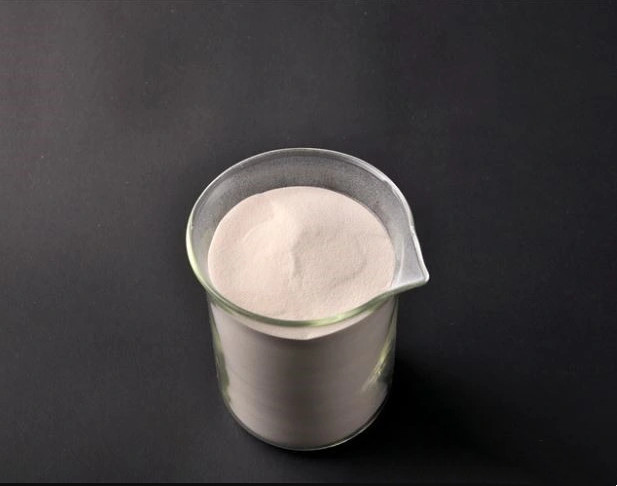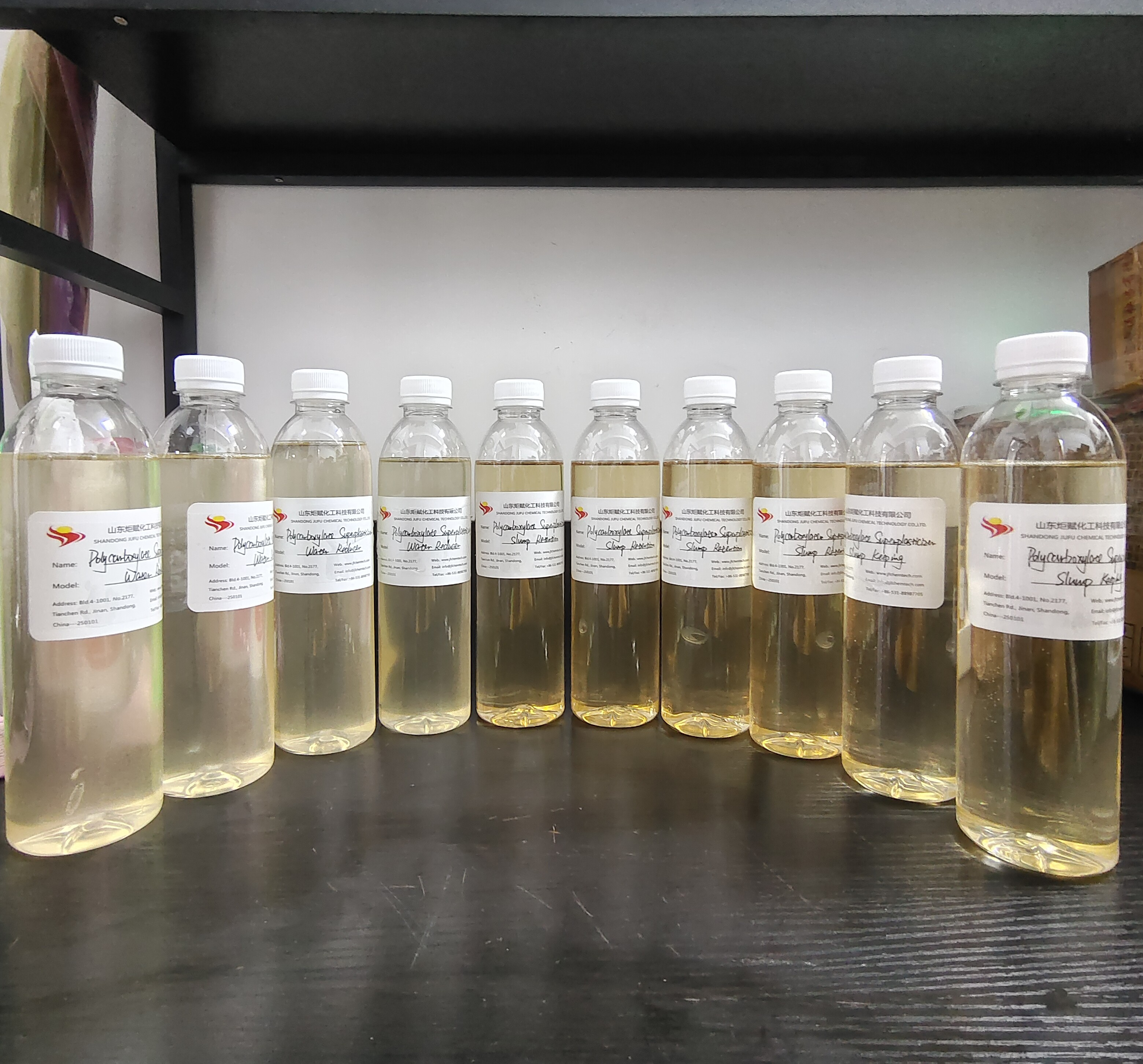Post Date:15,Jan,2024
1.Applicability to cement:
The composition of cement and cementitious materials is complex and changeable. From the perspective of adsorption-dispersion mechanism, it is impossible to find a water-reducing agent that is suitable for everything. Although polycarboxylate water-reducing agent has wider adaptability than naphthalene series, it is still May have poor adaptability to some cements. This adaptability is mostly reflected in: reduced water reduction rate and increased slump loss. Even if it is the same cement, the effect of the water reducing agent will be different when ball milled to different fineness.

Phenomenon: A mixing station uses a certain P-042.5R cement in the local area to supply C50 concrete to a construction site. It uses a polycarboxylate superplasticizer water-reducing agent. When making the concrete mix ratio, it is found that the amount of water-reducing agent used in the cement is It is slightly more than other cements, but during actual mixing, the slump of the factory concrete mixture was visually measured to be 21Omm. When I went to the construction site to unload the concrete pump truck, I found that the truck could not unload the concrete. I notified the factory to send a barrel. After the water-reducing agent was added and mixed, the visual slump was 160mm, which basically met the pumping requirements. However, during the unloading process, it appeared that it could not be unloaded. The concrete truck was immediately returned to the factory, and a large amount of water and a small amount of reducing agent were added. The liquid agent was barely discharged and almost solidified in the mixer truck.
Reason analysis: We did not insist on conducting adaptability tests with admixtures on each batch of cement before opening.
Prevention: Conduct a compounding test with the construction mix ratio for each batch of cement before opening. Choose appropriate admixtures. "Gangue" as an admixture for cement has poor adaptability to polycarboxylate superplasticizer water reducing agents, so avoid using it.

2.Sensitivity to water consumption
Due to the use of polycarboxylate water-reducing agent, the water consumption of concrete is greatly reduced. The water consumption of a single concrete concrete is mostly 130-165kg; the water-cement ratio is 0.3-0.4, or even less than 0.3. In the case of low water usage, fluctuations in water addition may cause large changes in slump, causing the concrete mixture to suddenly increase in slump and bleed.
Phenomenon: A mixing station uses P-032.5R cement from a certain cement factory to prepare C30 concrete. The contract requires that the slump to the construction site is 150mm:t30mm. When the concrete leaves the factory, the measured slump is 180mm. After being transported to the construction site, the concrete is measured at the construction site. The slump was 21Omm, and two trucks of concrete were returned in succession. When returned to the factory, it was verified that the slump was still 21Omm, and there was bleeding and delamination.
Reason: This cement has good adaptability to this water-reducing agent, and the amount of water-reducing agent is slightly larger. The mixing time is not enough, and the slump of the concrete when leaving the machine is not the true slump due to the short mixing time.
Prevention: For cement that is sensitive to the dosage of polycarboxylate superplasticizer water-reducing admixtures, the dosage of admixtures must be appropriate and the measurement accuracy must be high. Properly extend the mixing time. Even with a twin-shaft forced mixer, the mixing time should not be less than 40 seconds, preferably more than 60 seconds.
Post time: Jan-15-2024

